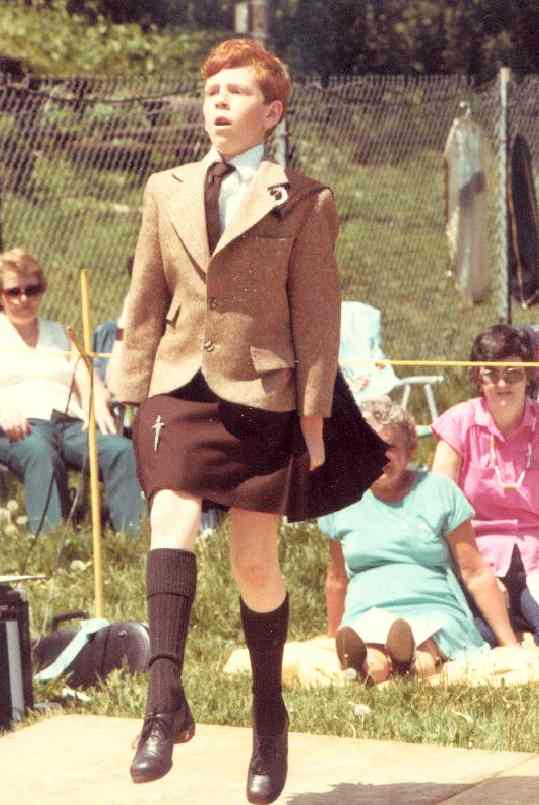
Figure 1.--The Irish influence is obvious in that most American of all dances, tap dancing. Fancy footwork is a central chracterictic of both tap and step dancing.


Figure 1.--The Irish influence is obvious in that most American of all dances, tap dancing. Fancy footwork is a central chracterictic of both tap and step dancing. |
There are interesting similarities and differences between Irish dancing and other dance forms. The most obvious similarities are with Highland dancing, but there are relations with other forms as well. Dance is a constantly evolving art form. The relationships between different dances add important historical insights as to historical trends and cross cultural influences. Irish dance has been significantly influence by ballet and in turn was one of the major influences in the development of American dance forms, rspecially tap dancing and Western square dancing.
The dance form most associated with Irish dancing is Higland dancing from Scotland. Higland dancing is much better known than Irish dancing which until River Dance was virtually unknown outside Ireland and Irish communitirs around the world. Some dances are quite similar in both Irish and Higland dancing, although body posture is often different.
Some observers have noted similarities between Irish step dancing and balet.
A good number of people compare step-dance soft-shoe to ballet. Although
soft-shoe is often more "smooth" and "balletic" than hard-shoe, set, or other Irish
dances, and several movements appear to be taken from ballet. One Irish dance
enthusist comments on ballet and Irish step dance. "Now which is less
"traditional," the leap of the ballet dancer or the step-pull that the mountain folk
may have borrowed from the dances of the Cherokee? Or is it shame on both
dancers for using them?"
The Irish influence is obvious in that most American of all dances, tap dancing. Fancy footwork is a central chracterictic of both tap and step dancing. It is notable that "Riverdance" includes a challenge between Irish and black dancers. That was no invention. It was an actual part of the dance heitage of America. There are strong links between Irish step dancing and tap. Modern tap dancing enjoys a rich heritage brought to America by the wave of European immigration in the 19th century. The most important was Irish step dancing, perhaps because the Irish arrived in such karge numbers. Others such as Scots Highland dancers and English clogers also played a role. The other major contribution was made by African slaves in the American South. Black dancers by the late 1830s equipped with European percussive rhythm were performing step dances on stage. One of the most renowned was William Henry Lane ("Juba"). Irish and Lancashire step dances performing on hard wooden clogs were also becoming popular. These two forms of step dancing evolved into modern tap dancing and clog dancing. By the end of the 19th century, clog dancing had declined in popularity, but continues today as a folk dance. The earliest references to tap dancing as a destintive type of dance involves "challenges" and "stealing steps." Noted tap dancer and historain Jane Goldberg explains that modern tap danmcing evolved from the "lower classes, developed in competitive 'battles' on street corners by Irish immigrants and African American slaves." [ITA Newsletter] Famed Irish step dancer Jack Diamond challenged Lane to a series of famed challenges in Boston and New York. To this day there is no agreement has to who was the victor. Tap dbing thus emerged as a uniquely American dance form in the vaudeville stage of the late 19th and early 20th centurt and then the spectacular choreography of great American musical review.
The Western square dance like tap is an indigenous American dance form. Interestingly it began in the east and only later became associated with the West. Square dancing began in New England when the first settlers practiced the popular European dances of the day. It moved west as waves of immigrant groups ebtered America, each departing their own unique styles and traditions. Important immigrant dance influences were the schottische, the quadrille, the jigs and reels and the minuet. Irish jigs and reels were a major influence in the development of modern Western aquare dancing.
Navigate the Historic Boys' Clothing Web Site:
[Introduction]
[Activities]
[Biographies]
[Chronologies]
[Countries]
[Style Index]
[Bibliographies]
[Contributions]
[Frequently Asked Questions]
[Bibliographies]
[Satellite sites]
[Tools]
[Boys' Clothing Home]
Navigate the Historic Boys' Clothing Web chronological pages:
[The 1880s]
[The 1890s]
[The 1900s]
[The 1910s]
[The 1920s]
[The 1930s]
[The 1940s]
[The 1950s]
[The 1960s]
[The 1970s]
[The 1980s]
[The 1990s]
Navigate the Historic Boys' Clothing Web dance pages:
[Return to the Main Irish dance page]
[Return to the Main dance page]
[Ballet]
[Highland]
[Ballroom]
[Native American]
[Tap]
Navigate the Boys' Historical Clothing kilt pages:
[Main kilt page]
[Kilt suits]
[Scottish kilts]
[Scottish boys clothing]
[Scottish school uniform]
[Highland dance]
[Irish kilts]
[Irish boys clothing]
[Greek kilts]
